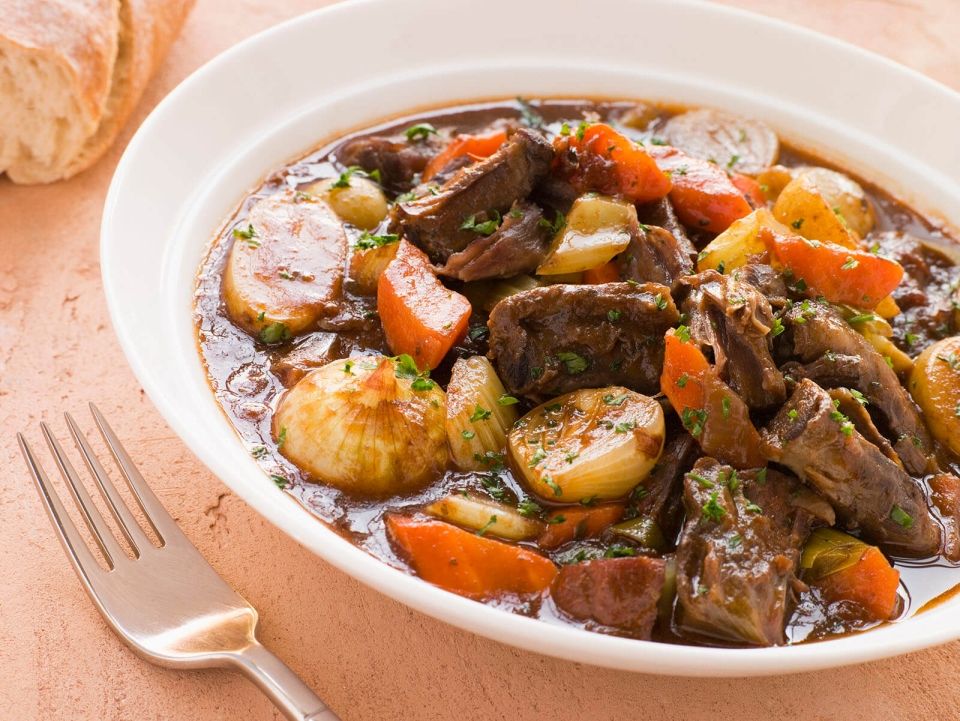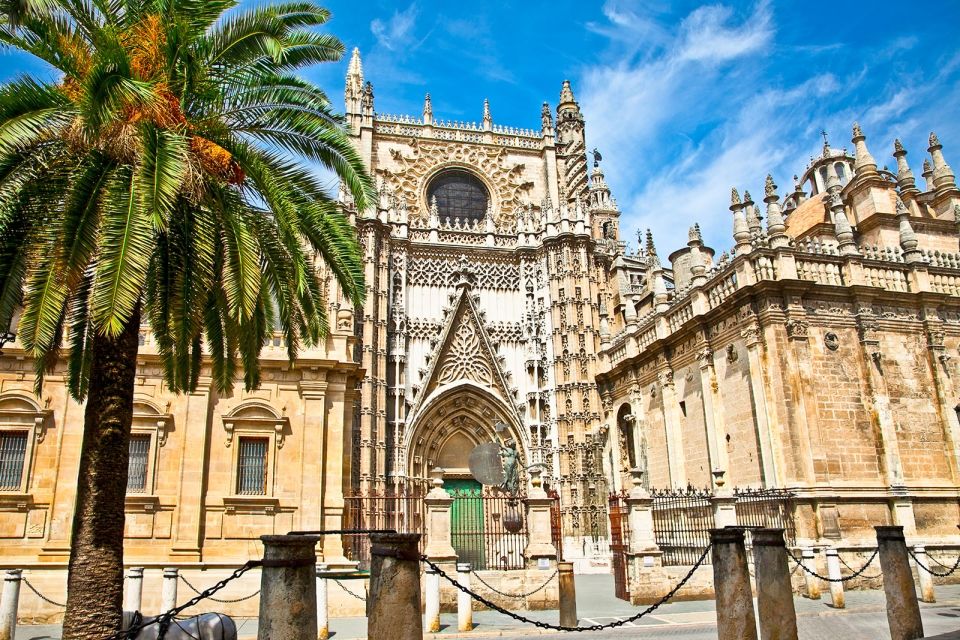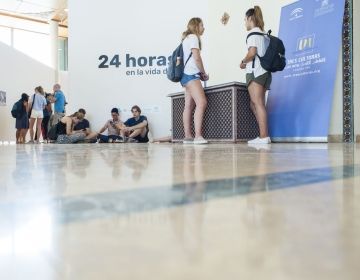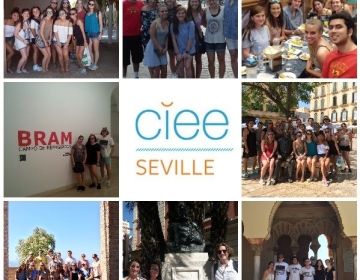EAT, DRINK, EXPLORE: SEVILLE

BEST FOOD TO EAT IN SEVILLE
Seville sits in Southern Spain and serves as the capital of Andalusia. The region’s cuisine is influenced by both its Mediterranean climate and its eight centuries of Moorish rule. Stewed bull’s tail, or rabo de toro is one of Seville’s most renowned dishes and well worth the culinary adventure. (But really, bull = beef. Not very adventurous unless you’ve never eaten a steak.) The meat is cooked on the bone for hours in a rich broth of wine and vegetables, rendering each tender bite filled with flavor. It was traditionally served after a bullfight, using the tail of the slain animal. Today, it is most commonly made with cow.

BEST DRINK IN SEVILLE
It’s no secret, Seville is one of Europe’s hottest destinations – with an annual average temperature of 77 degrees. There’s no better way to quench your thirst and shake off the Andalusian heat than with a granizado. Granizados are pureed ice mixed with fruit juice or flavored with syrup and served in a cup with a spoon or straw (think slushy.) My personal favorite is granizado de limón as the sour lemon juice balances the sweet syrup perfectly.

BEST PLACE TO EXPLORE IN SEVILLE
Seville’s Cathedral is one of the largest in Europe and a great example of its Islamic and Gothic past. Construction started on the site of a mosque in 1401 and was completed in 1506. It is home to the tomb of Christopher Columbus, although some question whether his remains are really inside. More certain is the fact that at 125,000 square feet, the Seville Cathedral is the largest Gothic structure in the world. It also houses the world’s largest altarpiece that features 45 woodcarvings from the life of Christ – by Flemish craftsman, Pieter Dancart.
Related Posts
A look at the daily life of migrants in Seville
By looking for the exceptional, the photographer finds that which is common to all individuals: the desire for a place to call home, a peaceful environmente in which to grow... keep reading
LANGUAGE AND CULTURE PROGRAM / SUMMER 2017 NEWSLETTER
Greetings from Sevilla! We have just ended the third session of the Summer Language and Culture (LC) program in Sevilla. We have had three sucessful sessions in which students had... keep reading



